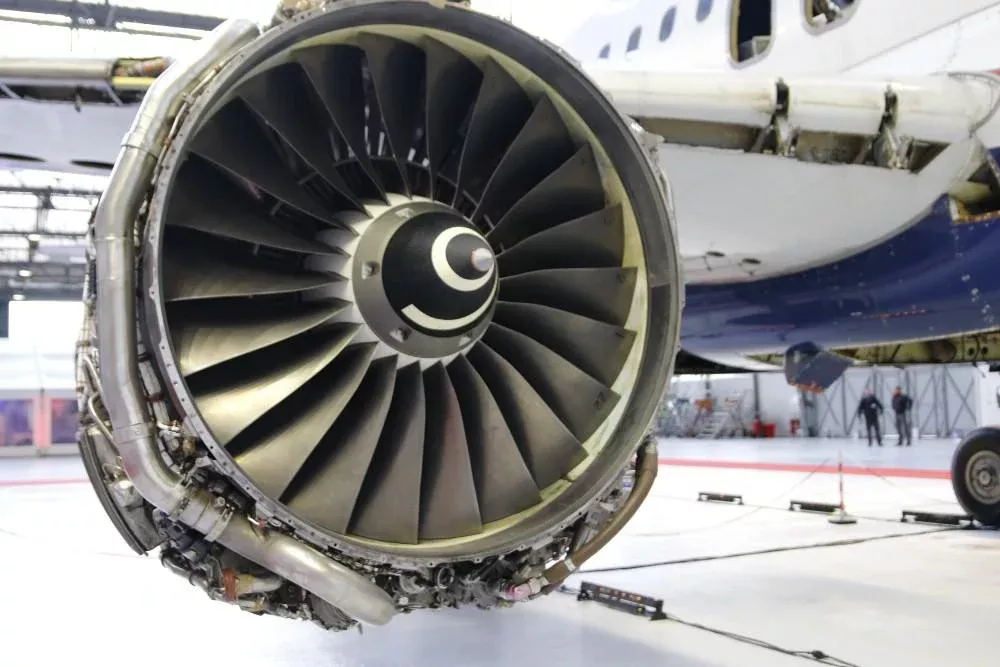
CFM56 Engine
With Aviation Week’s Aero-Engines Europe (Sept. 10-11, Amsterdam) nearing, Flight Friday looks at cycles (flights) of some select engines that power narrowbody passenger aircraft in Europe.
Let’s take a view initially of how the “next generation” engines—CFM Leap and Pratt & Whitney PW1000G (GTF)—fare against the “legacy” engines—CFM56 and V2500. At the start of 2023, the legacy engines accounted for just under 75% of total flights for the select group. When we fast forward to July 2024, the share of utilization for legacy-powered aircraft drops to 72.5%. This is predominantly attributed to the increase in share by the Leap engine, with the continued delivery of Leap-powered Boeing MAX and Airbus neo aircraft during 2023 and the first half of 2024.
What the data also shows is the continuing reliance on the legacy engines powering passenger aircraft within Europe. The CFM56 still accounts for almost 60% of all European narrowbody flights with the CFM56 powering a large number of 737NG and A320 family “classics.” Interestingly, the in-service CFM56 narrowbody fleet in Europe from January 2023 to July 2024 has grown by a little over 100 aircraft. This is partly due to the difficulty of getting new aircraft from the aircraft manufacturers, and partly because engine issues with the GTF means operators may have new aircraft, but sometimes not enough engines to power them.
The other legacy engine, the V2500, has also increased its in-service number by a little more than 50 aircraft, again related to the lack of next-generation powered aircraft availability. The V2500 has constantly maintained approximately a 14% market share, even with its small increase in fleet size.
The next-generation market share has slowly increased. The in-service fleet has risen, now with an extra 300 Leap-powered aircraft and 120 more GTF-powered aircraft. Due to the above-mentioned durability issues associated with the GTF, even with the increase in aircraft, the number of flights as a share has decreased from 10.5% down to a little over 9%. With Pratt saying that peak aircraft on the ground was expected in the first quarter of 2024, but probably was the second quarter of 2024, there is a period of plateau for the GTF fleet as the engines make their way through the engine shop floor before the market share should increase as the aircraft start flying again.
This data was put together using Aviation Week’s Tracked Aircraft Utilization tool.





